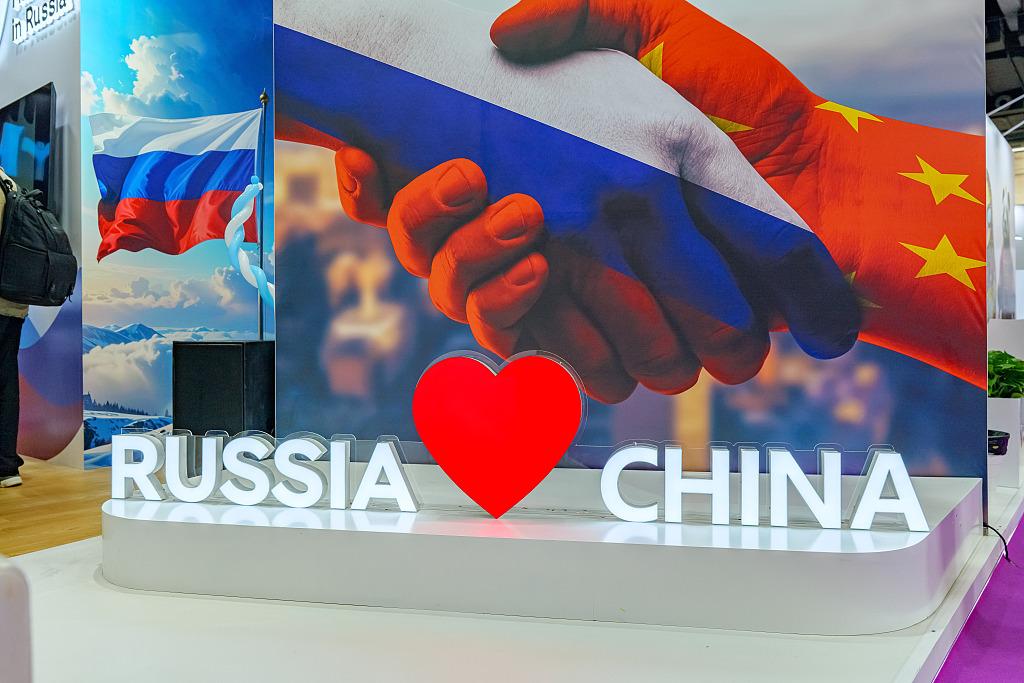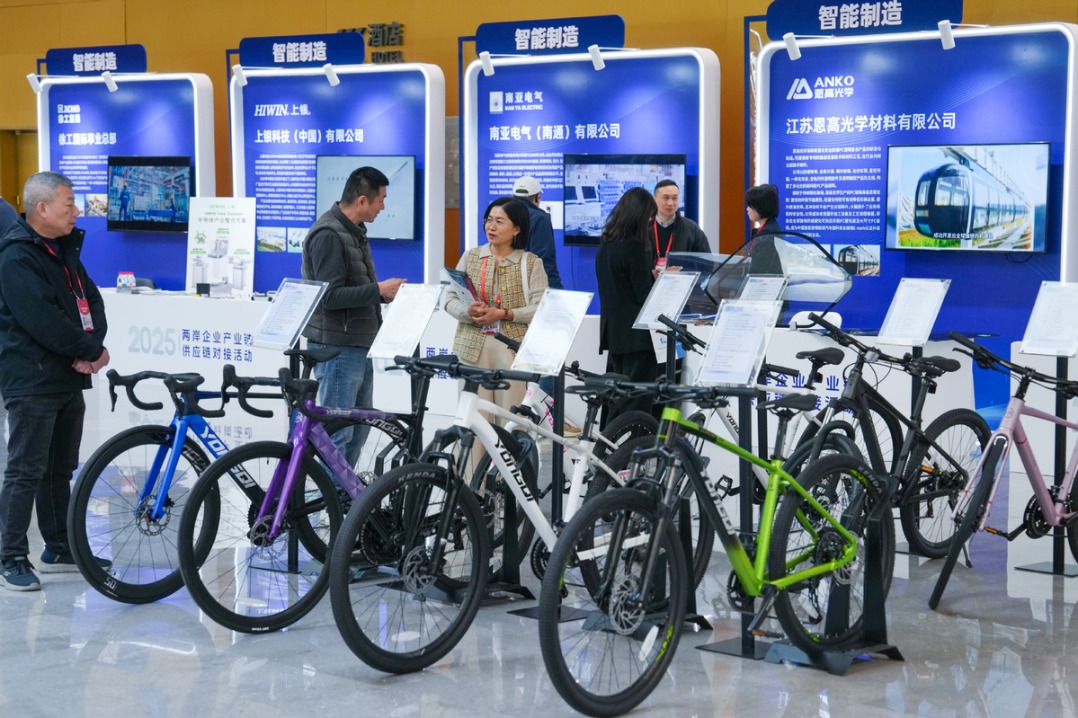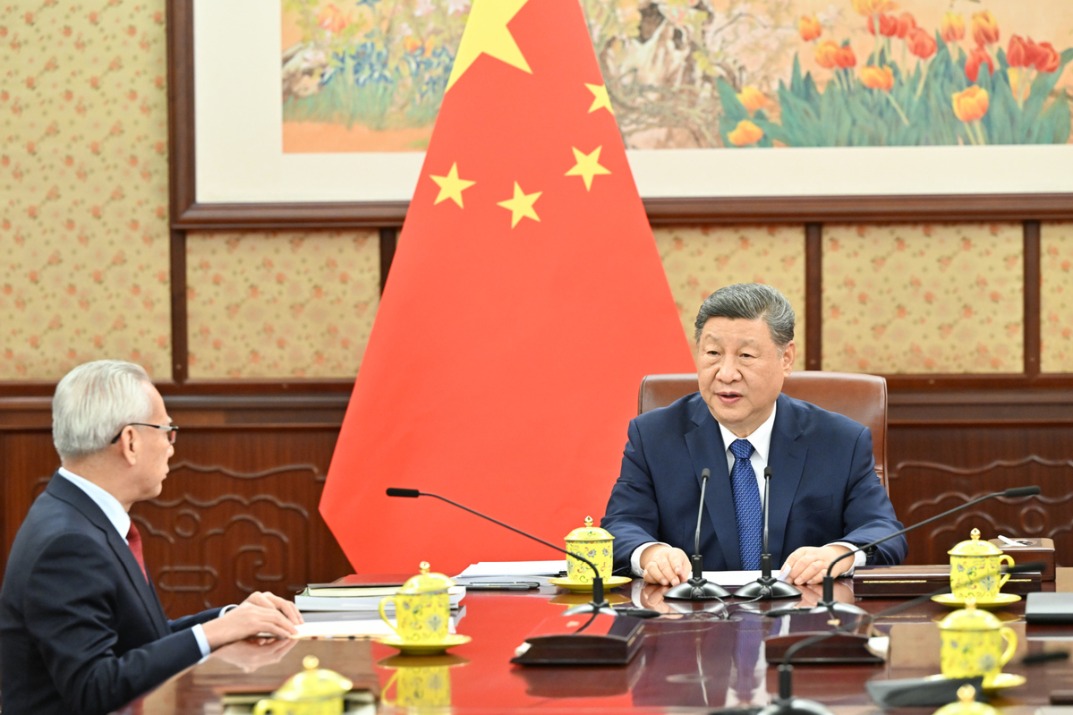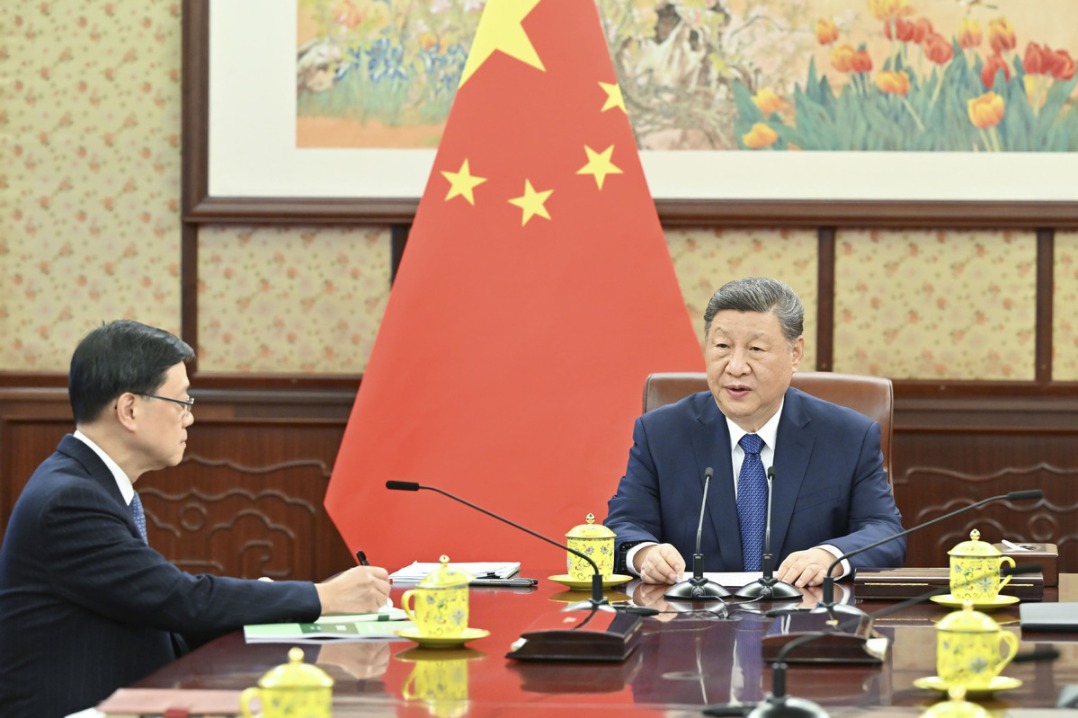Forum on culture and art focuses on technology use
By Fang Aiqing | China Daily | Updated: 2018-10-23 07:22

Speakers at the Centurial Cultural Dialogue: When Culture Meets Science on Oct 19 shared their experiences of using technology to preserve cultural heritage.
The event was held at the Palace Museum in Beijing as part of the fifth conference of the Taihu World Cultural Forum from Oct 17 to 19.
Feng Nai'en, deputy director of the Palace Museum, also known as the Forbidden City, says the museum is exploring ways to make the "appreciation of traditional culture a lifestyle".
The royals of the Ming (1368-1644) and Qing (1644-1911) dynasties who lived in the Forbidden City not only led fashionable lives themselves, but their aesthetics are reflected in porcelain ware and other items, too. They also introduced Western scientific instruments, timepieces and household items in China.
Feng says the museum is setting trends for cultural products, mobile-application designs and marketing in the country. With virtual reality, the museum is also providing visitors with immersive exhibition tours to learn more about imperial life. The museum started its trial of applying VR technology to ancient architectural surveys in 2002.
The museum has also relied on such technologies as three-dimensional scanning to examine and restore cultural relics.
"We're trying to create a new type of museum online," Feng says of the website.
The museum's efforts in digitization are echoed in Taipei.
Ming-Chu Feng, former director of the Taipei Palace Museum, says the early digitization of its more than 700,000 cultural relics has laid the foundation to further explore the fusion of culture and technology, exemplified in its virtual exhibitions and award-winning animation programs on ancient paintings and antiques.
According to her, the educational channel developed by the museum has also helped students learn about history.
The exploration of technology to preserve the cultural information of murals and painted sculptures in the Mogao Grottoes in Dunhuang, Gansu province, started years ago, says Wang Xudong, director of the Dunhuang Academy. In 2000, the academy completed the digitization of artworks in 20 caves and the number today stands at 235.
VR and augmented reality have been used for the preservation of the Dunhuang frescoes as well as providing information to visitors about this large Buddhist artwork site.
Wang says technology is also helpful in achieving a balance between the need to improve tourists' experiences and to reduce damage to the relics because of visits.
His speech resonated with David Throsby, professor of Macquarie University in Sydney, who says cultural heritage anywhere in the world acts as a driving force for the creativity of modern artists and scientists.
Luisella Mazza, head of Global Operations for Google Arts & Culture, says technology has provided ordinary people with more access to art and culture at cheaper costs, and that the number of visitors to museums has also grown.
"The two things are complementary," Mazza says.
She also spoke about Google Arts & Culture's joint programs with 29 Chinese museums, including the Palace Museum.
























